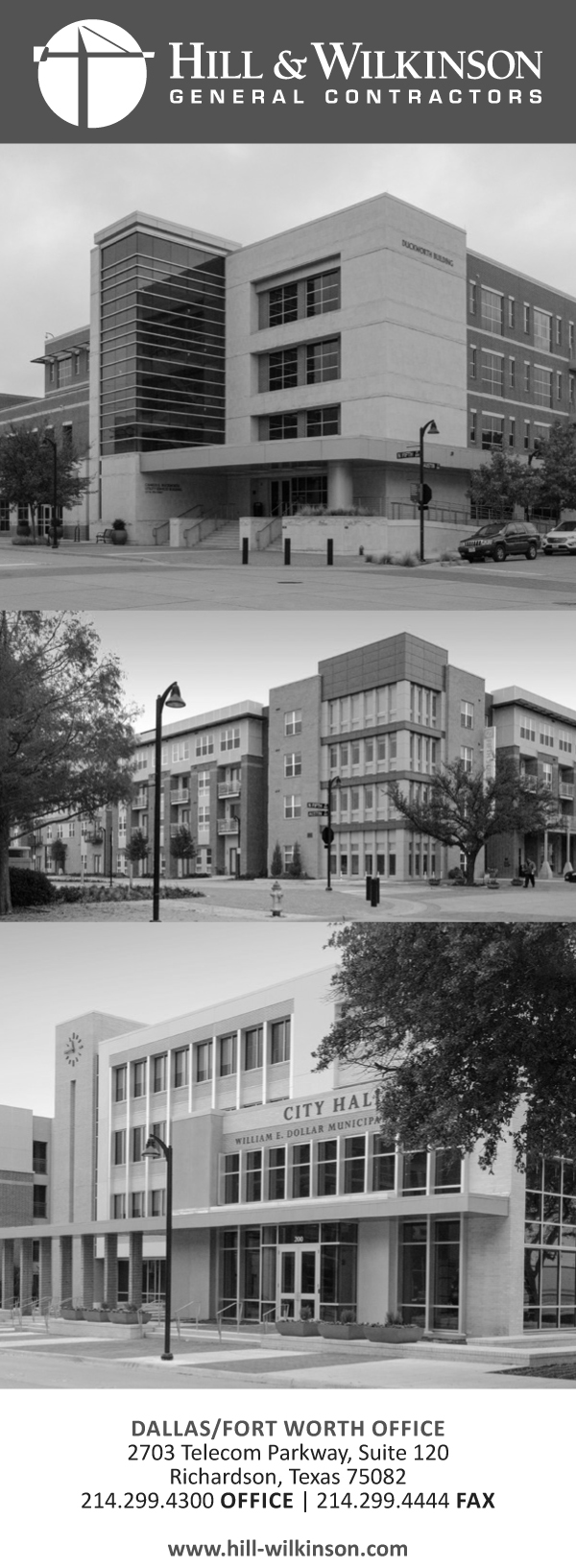Donate
Please consider supporting our efforts to preserve Garland's history by donating here:
See More

On this site stood Nicholson Memorial Hall, a civic building that housed Garland's first public library beginning in 1933. The structure's lower floor dated from about 1895, when it was occupied by Garland's first bank, the Citizens National. A second story was added later and the building continued as a bank until 1929. W.R. Nicholson of Longview purchased the building and gave it to the city in March, 1933 as a memorial to his mother, Mrs. Missouri A. Nicholson, and his brother, former Garland Mayor S.E. Nicholson, who were killed by a disastrous cyclone that struck the city on May 9, 1927.
The building housed city offices, a public auditorium, and, on a portion of the first floor, the new public library. Citizens of the city, then numbering fewer than 2,000 people, collected 2,344 books to stock the new library, which loaned its first book in December, 1933.
As the library and the city staff rapidly expanded, the building was no longer able to contain them. City offices moved into a new
building on the east end of this property in January, 1956, retaining some space on the ground floor of the Nicholson building for city
personnel. In 1966, the library was housed in temporary quarters until it relocated in 1970 to a new building on Austin Street dedicated exclusively to library use. A much larger City Hall was opened in 1964.
The aging Nicholson Memorial Hall, deemed uneconomical to renovate, was razed in 1973.
Central Park marks Garland’s first purchase of recreational space and the beginning of its Park and Recreation System.
The park occupies a heavily wooded part of the 640-acre G. W. "Wash" Routh homestead settled in Garland’s predecessor township of old Duck Creek in 1854. It lies near the site of that community’s first public structure, a multi-use school, church and meeting hall whose functions were central to local life from the 1840’s.
Later, the property was acquired by D. Cecil and Ora Tucker Williams, who established the privately owned and operated Williams Park here. Their facilities included a swimming "hole," bathhouse and concession stands as well as picnic and playground space. Dams placed across Duck Creek at the park site beginning in 1926 impounded the water for swimming in what was called Lake Garland. The Williams Park operation closed after its 1939 season, and the family removed the dam that had raised the creek water level all the way back to Forest Lane. Nevertheless, public access for picnics was preserved through a road along the creek bank, and for several seasons ground there was leased for a miniature golf course.
Following World War II the Garland Junior Chamber of Commerce, better known as the Jaycees, proposed several site options and spearheaded efforts to provide a public park for the city. The park proposal appeared on the ballot for Garland’s 1947 bond election in which all issues carried except one for a municipal airport. Through their annual Jaycee Jubilee celebrations, the Jaycees donated funds for Central Park improvements, including an army surplus barracks building that once served as a community center.
The City of Garland acquired this 50-acre parcel from the Williamses on January 10, 1948, for $27,000 and 157 acres of city land previously earmarked as the municipal airport site. Mayor Ray Olinger and City Secretary Jim Stultz signed the agreement for the city. Mr. Williams, son of Garland’s first mayor Marion Davis Williams, was a former president of the Garland school board and succeeded Mr. Olinger as Garland’s mayor the following spring.
The Garland ISD later acquired the 157 acres of traded land from the Williamses for one-half of its appraised price at the time, eventually building Williams Stadium as well as administrative and operational facilities at that site.
Two trees in this Knights of Pythias section of the cemetery have been classified champions by the Texas Forest Service and listed with the Dallas Historic Tree Coalition.
In 1995 the Shumard Red Oak (Quercus Shumardii) at left was designated TFS Metroplex Champion, meaning the largest of that species known in all of Dallas, Tarrant and eight adjoining counties. With a height of 70 feet this specimen had a crown spread of 95 feet and a trunk circumference of more than 177 inches at chest-height (4-1/2 feet from the ground). One of the oldest living things in the Garland area, the tree once sheltered hitching posts for mourners in the horse-and-buggy days.
The Incense Cedar (Libocedrus decurrens) standing 90 feet south earned the TFS State Champion designation in 1998, because there was none larger registered in Texas. Since this species is native to the U. S. Pacific coast, the origin of this tree is uncertain, but legend holds that W. B. Bell planted it near the family plot about 1932. At a height of 63 feet the cedar boasted a crown spread of 29 feet and a trunk circumference of 90 inches at chest-height.
Both trees grew in pathways established by the K of P fraternal order when they developed surrounding burial plots ca. 1900.
